The Nanoscope: Encyclopedia of Nanoscience & Nanotechnology (In 6 Volumes)
The purpose of this encyclopedia is to introduce entrants into the world of nanotechnology by focusing on certain key application areas. A substantial amount of literature exists regarding the application of nanotechnology. The material presented here is a compilation of literature available in the public domain. It has been compiled keeping the average reader in mind. Specific company and university research activities should be interpreted as examples and are only a subset of the vast scope of nanoscience and nanotechnology research currently underway. As such a basic knowledge of science is assumed. However, no prior exposure to nanotechnology concepts is required. Volume 1 is divided into two sections. First section delineates a number of alternative scenarios to develop our understanding of nanotechnology. These scenarios cannot represent what will happen, because no one knows. They can, however, show how post-breakthrough capabilities could mesh with human life and Earth’s environment. The results will appear to be quaintly conservative from a future perspective, however most of it seem like science fiction today. In second section some other important components of nanotechnology namely, Molecular Nanotechnology, fullerenes, Nanotubes, Superlattices, have been discussed. Volume II details recent advances in the synthesis and investigation of functional materials, focusing on the novel size-dependent physics and chemistry that results when atoms and electrons are confined within nanoscale semiconductors and metal clusters. Nanostructure science and technology is a broad and interdisciplinary area of research and development activity that has been growing explosively worldwide in the past few years. It has the potential for revolutionizing the ways in which materials and products are created and the range and nature of functionalities that can be accessed. It is already having a significant commercial impact, which surely will increase in the future and this has been discussed at length in this volume. Volume III provides a perfect insight into the latest technologies, emerging markets and commercial opportunities for nanocomposites. It examines the key drivers behind this interest and commercialization of opportunities for nanocomposite technology in the various macro and micropolymer marketplaces. Volume IV on Nanoelectronics and Nanooptics is a topic that’s attracting a lot of interest in scientific and nonscientific corners alike. Researchers are driven to explore the field because further miniaturizing today’s small electronic circuits will lead to faster, more sophisticated, and portable devices. As you will see in this volume, nanoelectronics also encompasses what is known as molecular electronics. This volume enables readers to better understand drivers and demand patterns for nanoelectronics and nano-optical product, such as the trend in computing, communications, optical satellite telecommunications or sensor technology and IT. Volume V focuses on the state of the art in the field of nanorobotics by describing various molecular level systems and associated design and control issues. Following that some of the man-made and naturally occurring molecular machines are discussed. This volume also describes SPM principles, surveys SPM uses in Nanomanipulation and looks at the SPM as a robot. Volume VI on nanomedicine touches upon some of the leading areas to which nanotechnology tools, materials, devices, and intelligent materials and machines are currently applied in medical research.
Get it now and save 10%
BECOME A MEMBER

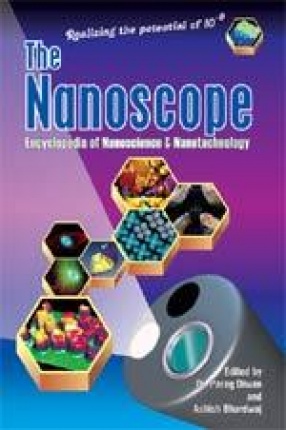
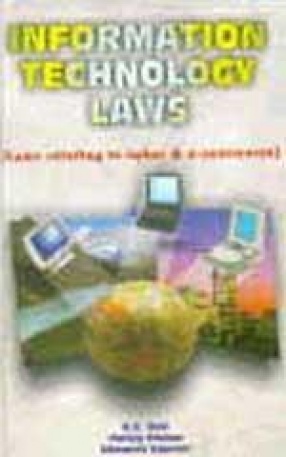
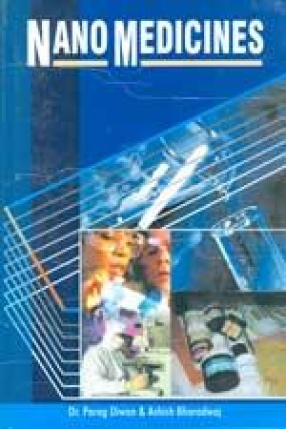
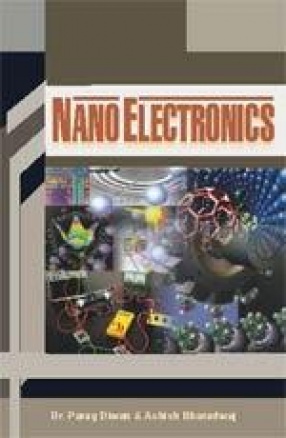
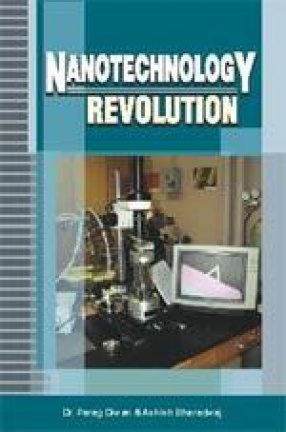
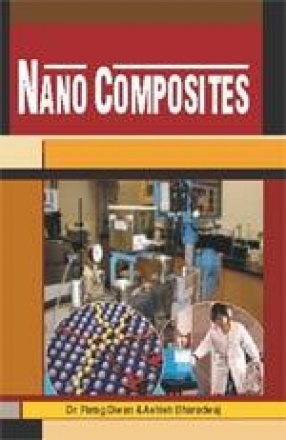
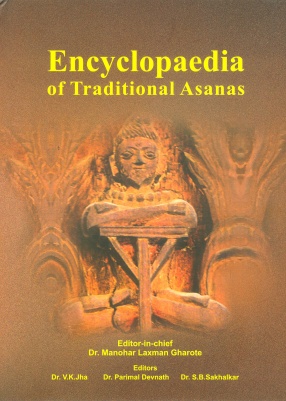




Bibliographic information
Ashish Bharadwaj
Tags